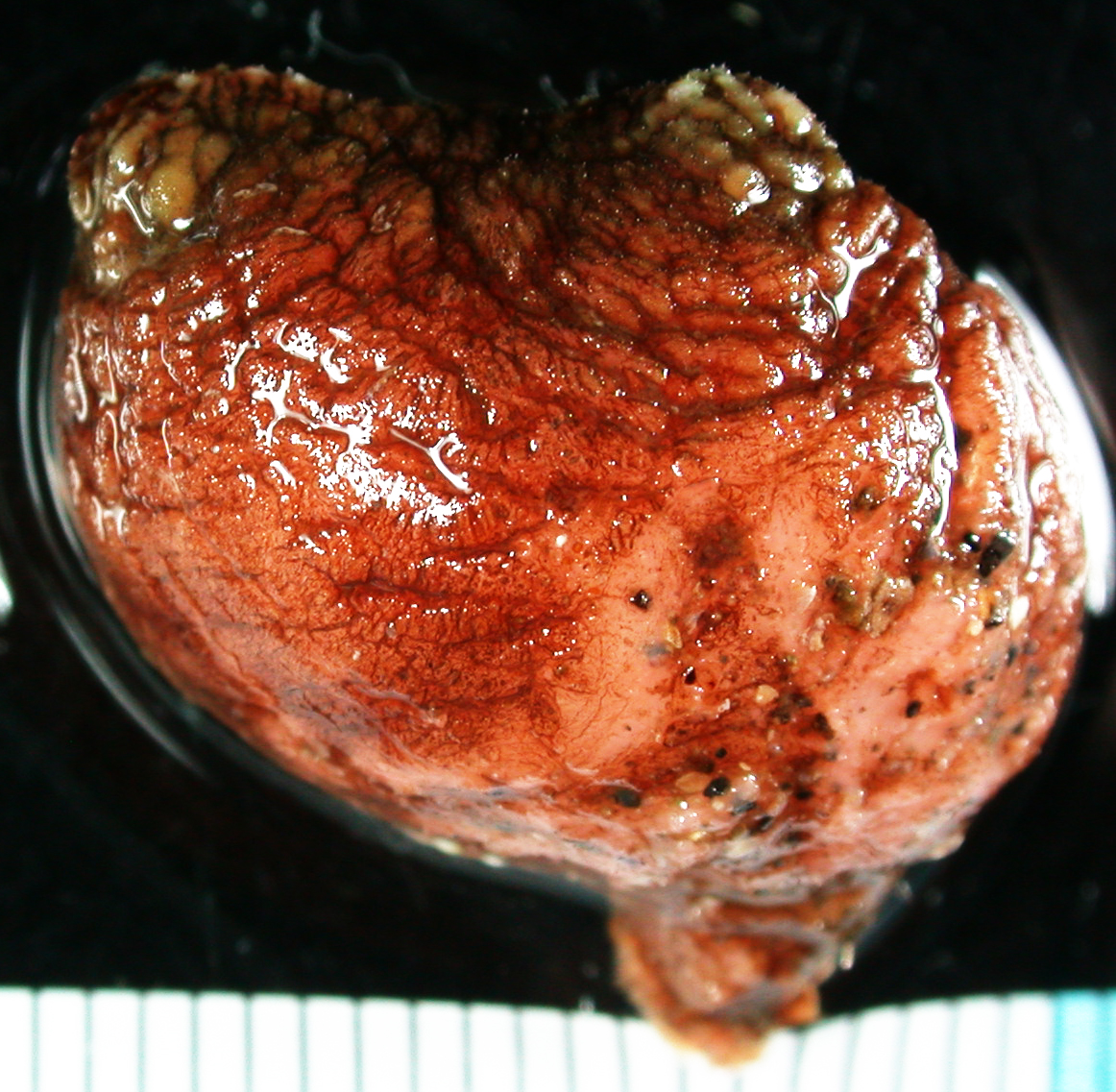An ascidian was obtained subtidally at Oshoro Bay, Hokkaido, Japan, about 43°12′N, 140°51′E, on 31 May 2010 by Shin Hayase, photographed and identified by Hiroshi Kajihara as Pyura vittata based on Nishikawa (1992: 600, pl. 144-1) before fixed in 99% EtOH. DNA was extracted from the alimentary tract of the specimen, using the silica method (Boom et al. 1990) with some modifications. Extracted DNA was dissolved in 30 µl of deionized water and has been preserved at –20°C. Remaining morphological voucher specimen has been deposited at the Hokkaido University Museum under the catalogue number ICHU22080146 (contact: Dr. Hiroshi Kajihara, kazi@mail.sci.hokudai.ac.jp).
An about 600-bp fragment of mitochondrial cytochrome c oxidase subunit I gene (COI) was amplified by polymerase chain reaction (PCR) using LCO1490 (5′-GGTCAACAAATCATAAAGATATTGG-3′) and HCO2198 (5′-TAAACTTCAGGGTGACCAAAAAATCA-3′) (Folmer et al. 1994). A hot start PCR was performed by a thermal cycler, iCycler (Bio-Rad), in a 20-µl reaction volume containing 1 µl of template total DNA (approximately 10–100 ng) and 19 µl of premix made with 632-µl deionized water, 80-µl Ex Taq Buffer (TaKara Bio), 64-µl dNTP (each 25 mM), 8-µl each primer (each 10 µM), and 0.1-µl TaKara Ex Taq (5 U/µl,TaKara Bio). Thermal cycling condition comprised an initial denaturation at 95°C for 30 sec; 30 cycles of denaturation at 95°C for 30 sec, annealing at 45°C for 30 sec, and elongation at 72°C for 45°C and a final elongation at 72°C for 7 min.
The PCR product was purified with the silica method (Boom et al. 1990). Both strands were sequenced with a BigDye® Terminator v3.1 Cycle Sequencing Kit (Applied Biosystems) following the manufacturer's protocol, using the same primer set as the initial PCR amplification. Sequencing was performed with ABI Prism 3730 DNA Analyzer (Applied Biosystems). Chromatogram and sequence data were operated with MEGA v4 software (Tamura et al. 2007).
Results and Discussion
A total of 606 bp of COI sequence was obtained. However, a nucleotide BLAST search of this sequence at National Center for Biotechnology Information indicated that the sequence probably came from a calanoid copepod, rather than the ascidian. It is concluded that a care must be paied to avoid alimentary tract for DNA extraction from ascidians.
Taxonomy
Phylum Chordata
Class Ascidiacea
Family Pyuridae Hartmeyer, 1908
Genus Pyura Molina, 1782
Pyura vittata (Stimpson, 1852)
(Fig. 1)

Fig. 1. Pyura vittata (Stimpson, 1852) (ICHU22080146), lateral view.
References
Boom, R., Sol., C. J. A., Salimans, M. M. M., Jansen, C. L., Wertheim-van Dillen, P. M. E., and van der Noordaa, J. 1990. Rapid and simple method for purification of nucleic acids. Journal of Clinical Microbiology28: 495–503.
Folmer, O., Black, M., Hoeh, W., Lutz, R. and Vrijenhoek, R. 1994. DNA primers for amplification of mitochondrial cytochrome c oxidase subunit I from diverse metazoan invertebrates. Molecular Marine Biology and Biotechnology 3: 294–299.
Nishikawa, T. 1999. Chordata. Pp. 573–608. In: Nishimura, S. (Ed.) Guide to Seashore Animals of Japan with Color Pictures and Keys. Vol. II. Hoikusha, Osaka. xii+pls 73–144+663 pp.
Tamura, K.,Dudley, J., Nei, M. and Kumar, S. 2007. MEGA4: Molecullar Evolutionary Genetics Analysis (MEGA) software version 4.0. Molecular Phylogenetics and Evolution 24: 1596–1599.
Appendix
COI sequence from ICHU22080146 (identified as the ascidian Pyura vittata), though most probably representing a calanoid copepod.
CCGGGTCTCCTCCCCCCCTGGGGTCGTAAAAAGAAGAATTAAAATTTCGATCAATTAAAAGCATAGTGATGGCACCTGCTAGCACAGGCAAAGATAGCAGTAACAAAATTGCGGTAATAAATACTGATCAAGGGAATATTGGTATTTCGTCTATCTTTATTCCAGAAGACCGAAGATTTAGAATAGTTCTAATAAAATTTACTGCCCCCATTAAAGAAGAGACTCCAGCGAGATGTAAAGAAAAAATAGCAAAATCTACAGAGGGTCCAGAATGTGCAATGTTCCTTCTTAAAGGAGGGTAAACAGTTCACCCGGTTCCTGCCCCCCTTTCTACAAAAGATCTCATAAGAAGTAAAACTAAAGCCGGAAGTAAAAATCAAAATCTTATGTTATTCAAACGAGGAAAAGCCATATCGGGTGCTCCAATTATTAAAGGCACTAACCAATTCCCAAAGCCCCCAATTAAAATTGGTATTACCATAAAAAAAATTATAATAAAAGCGTGAGCTGTAACTACCACATTATAAATTTGGTCATTAGCTAACAATCCCCCTGGCTGGCCAAGCTCAGCTCGAATAATTAACTCAGGCCCGTCCCAACTATTCC